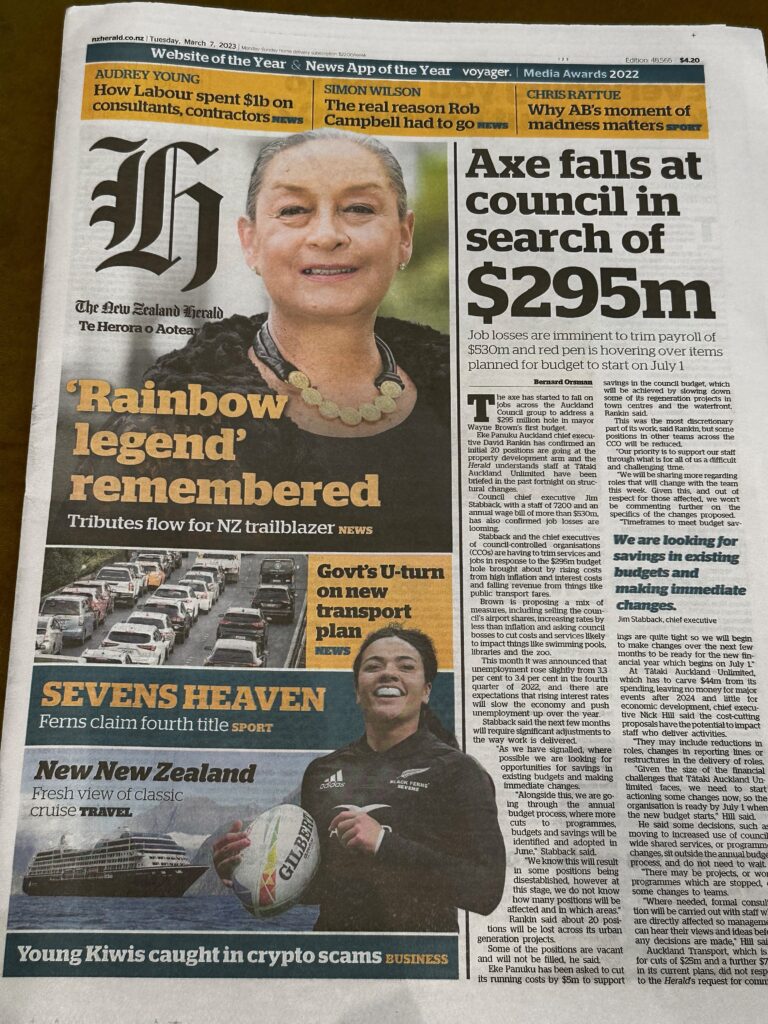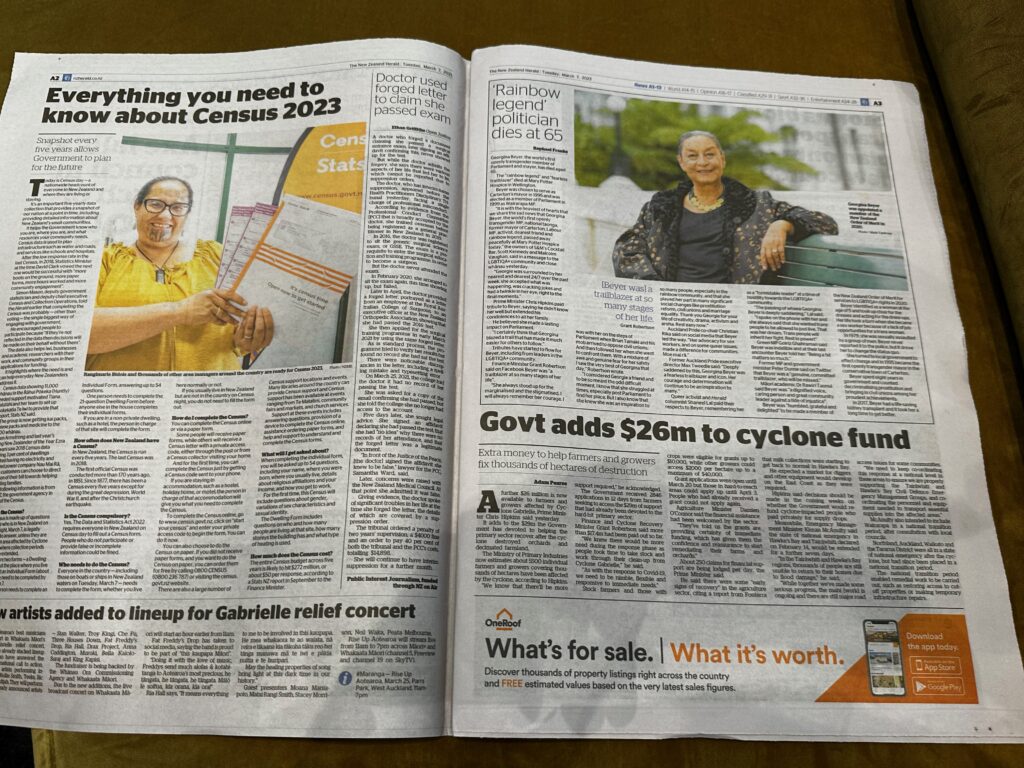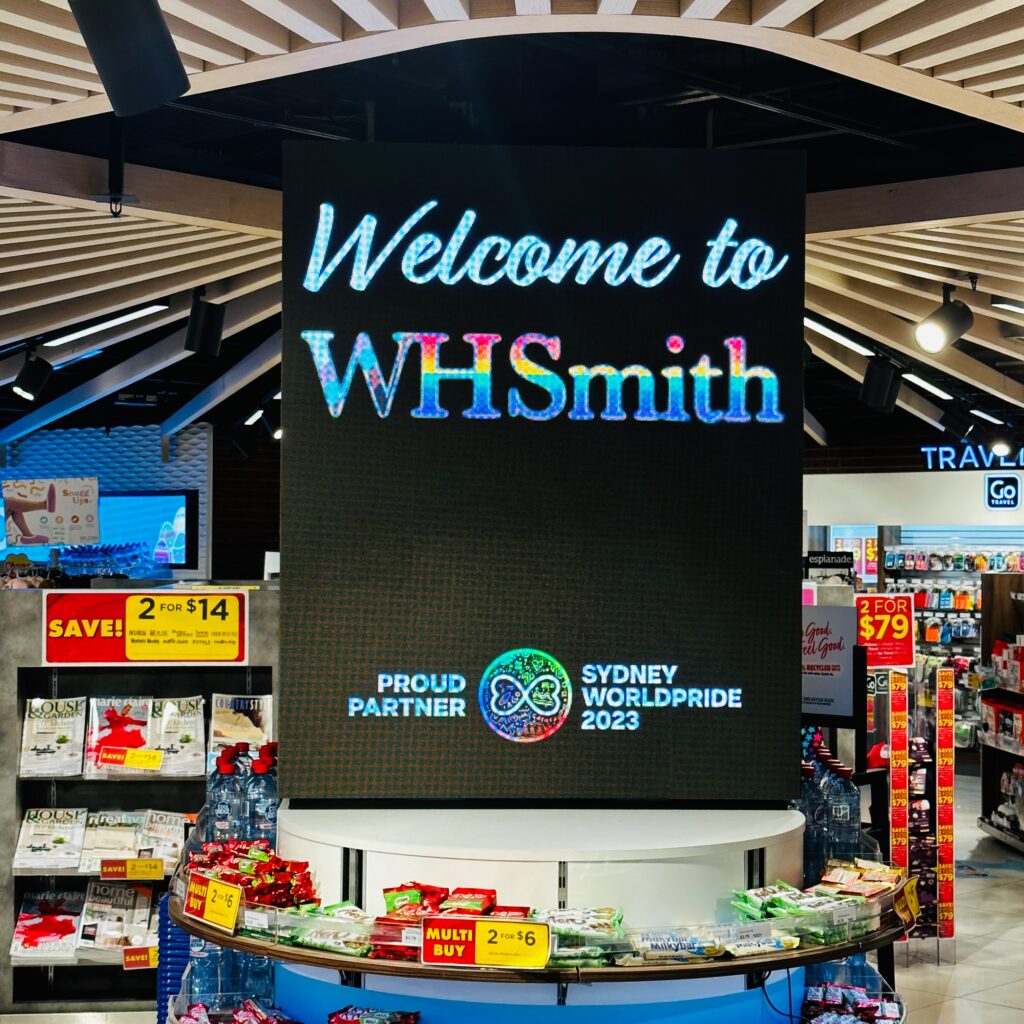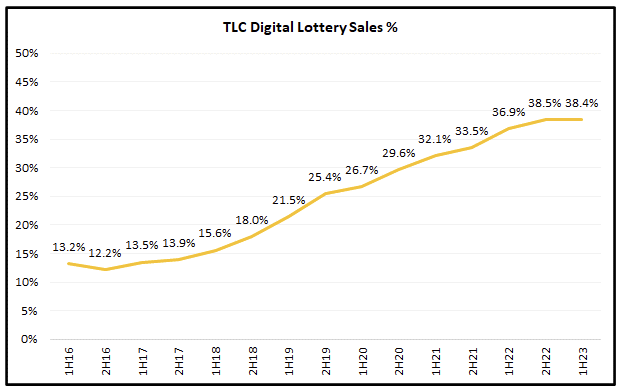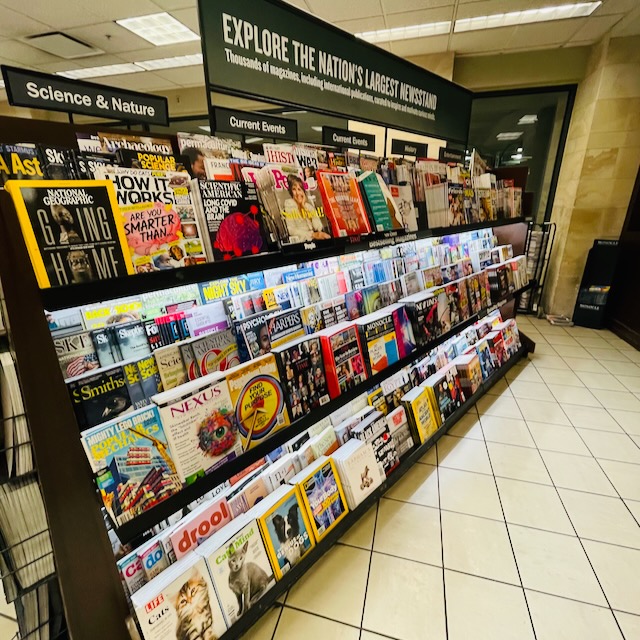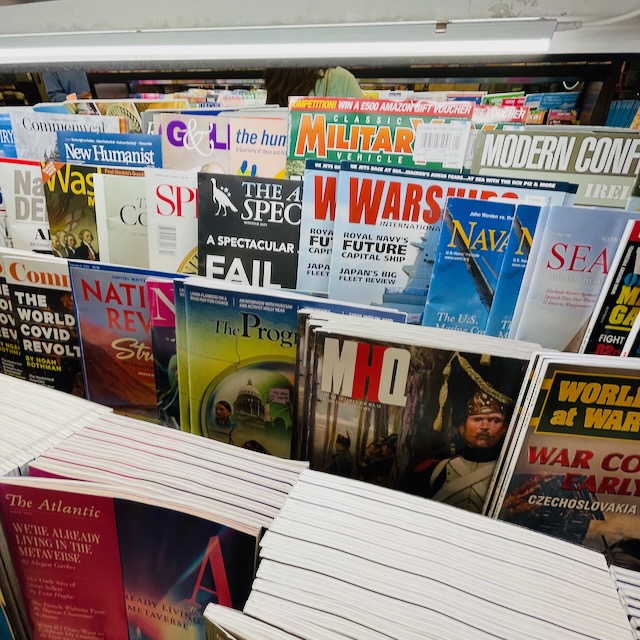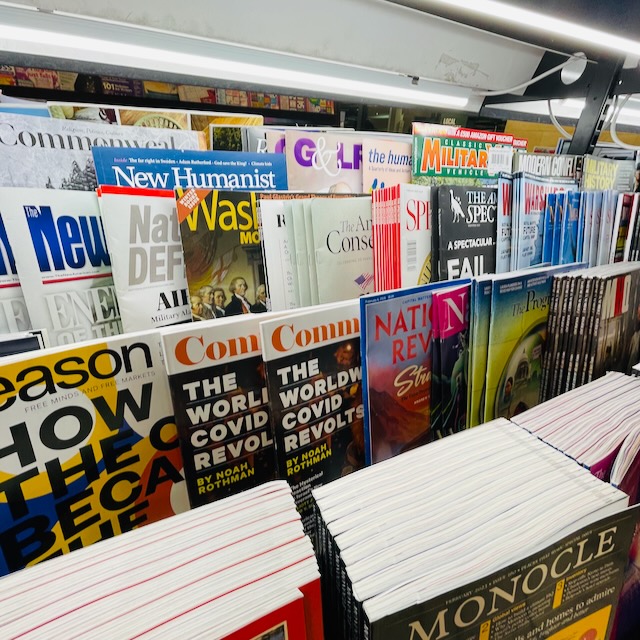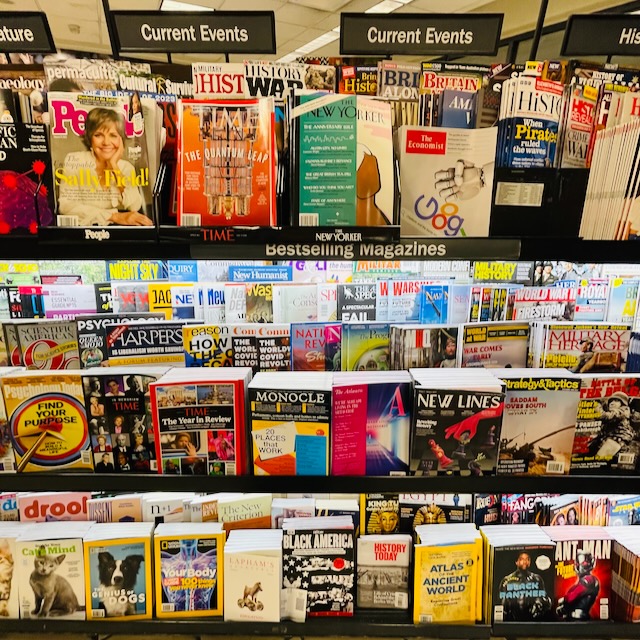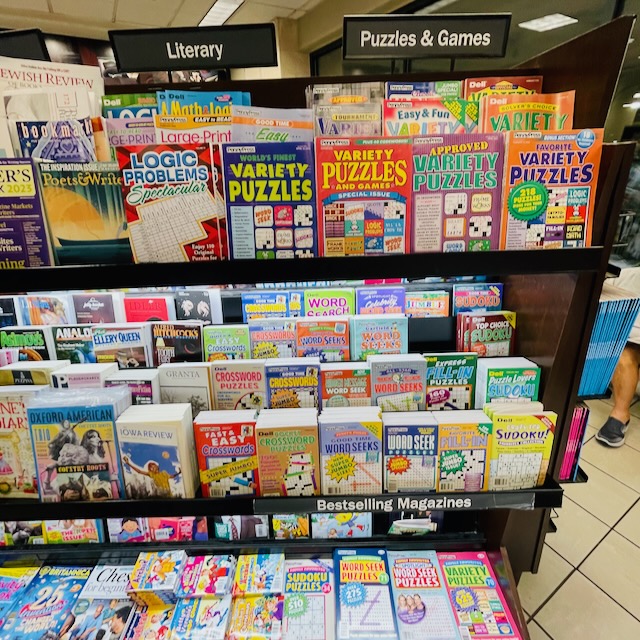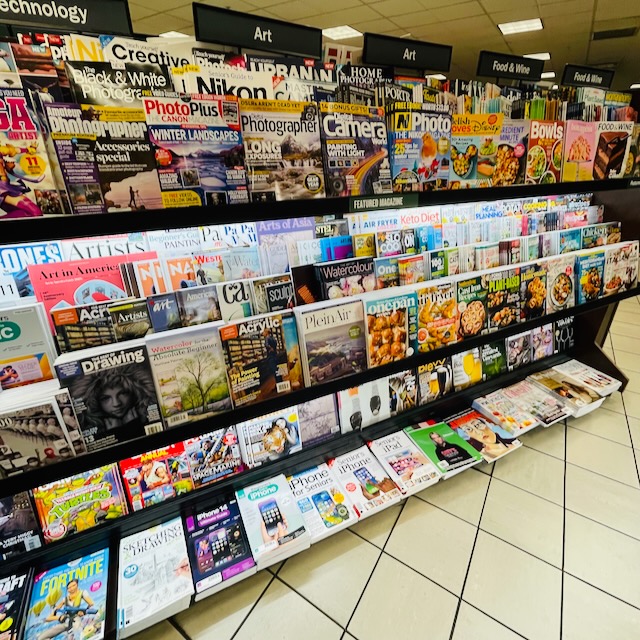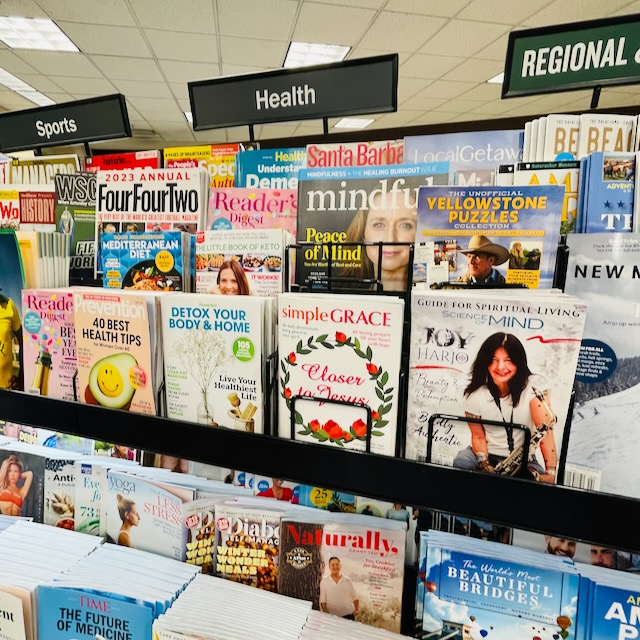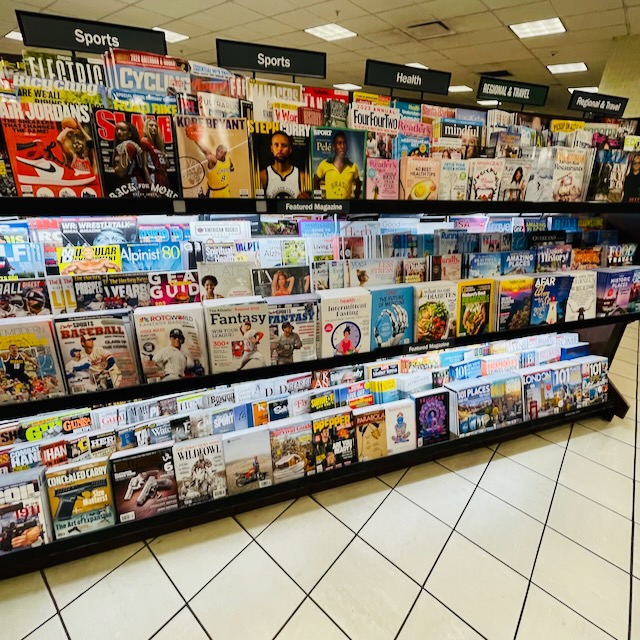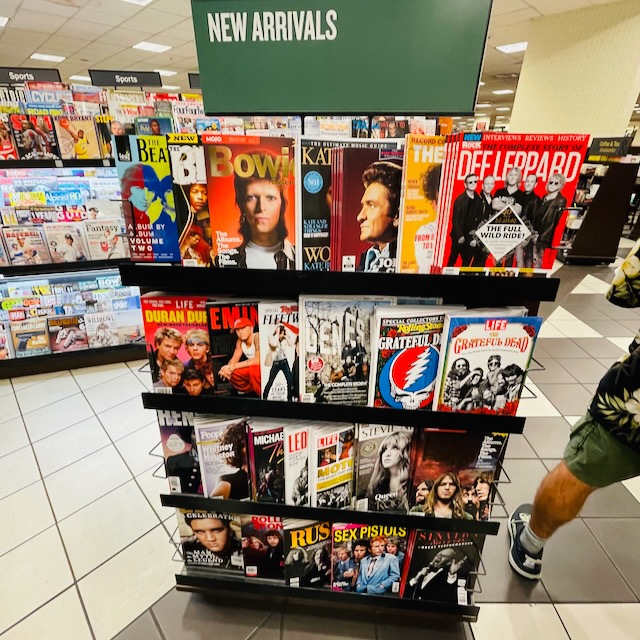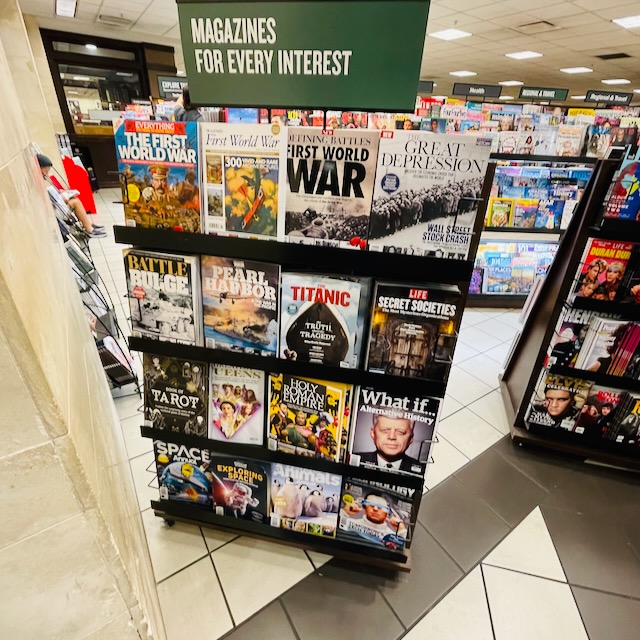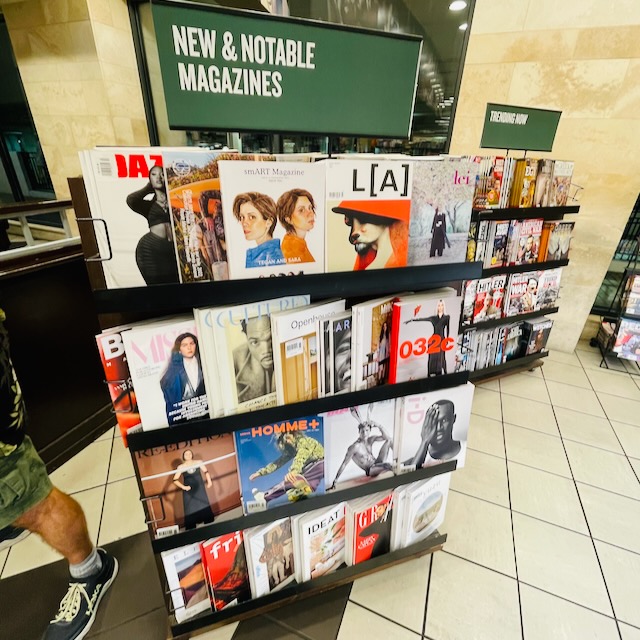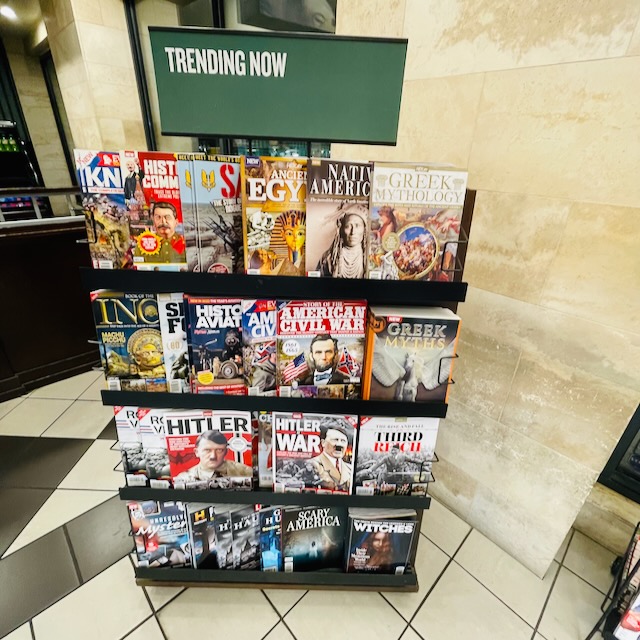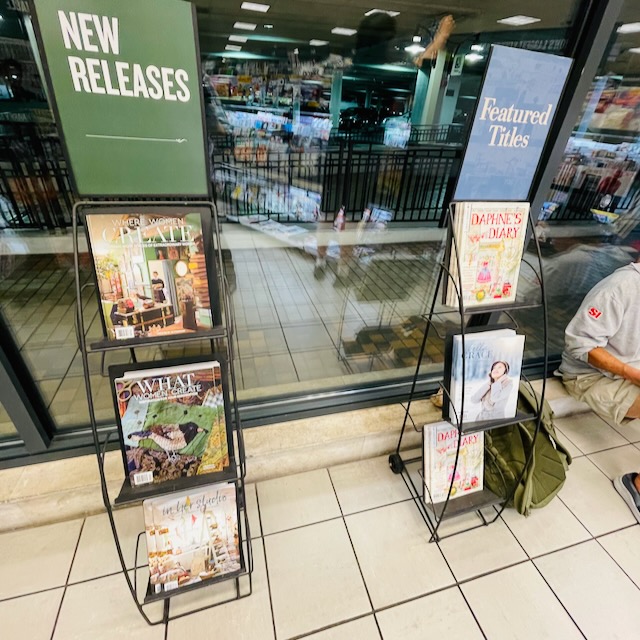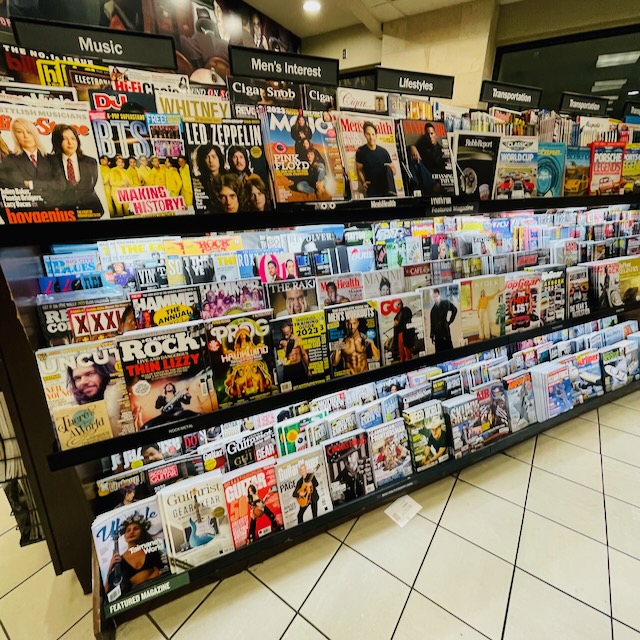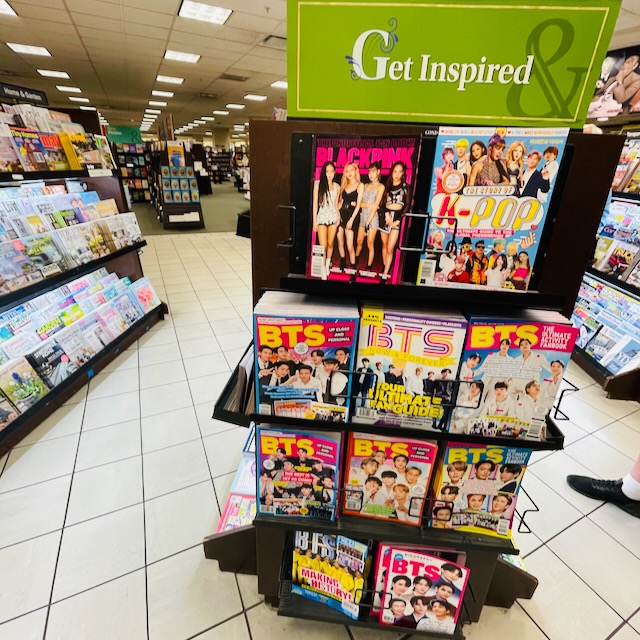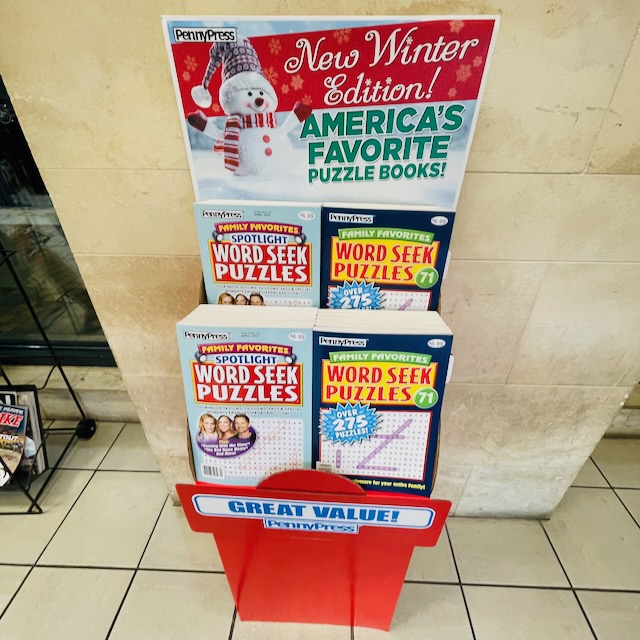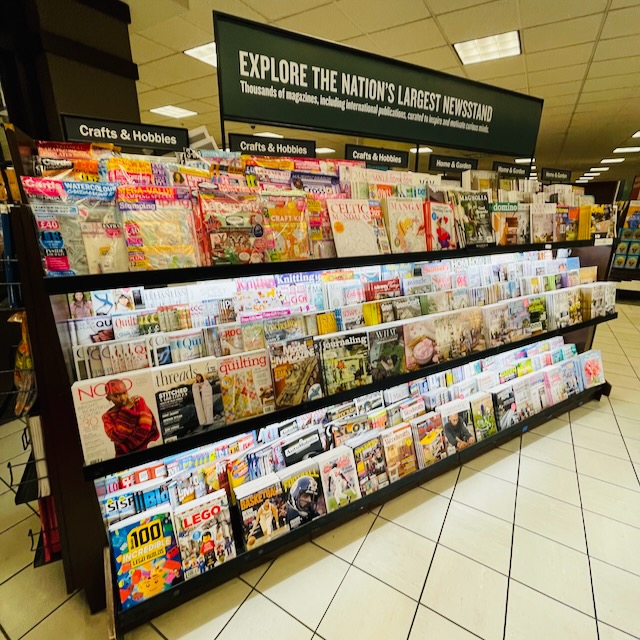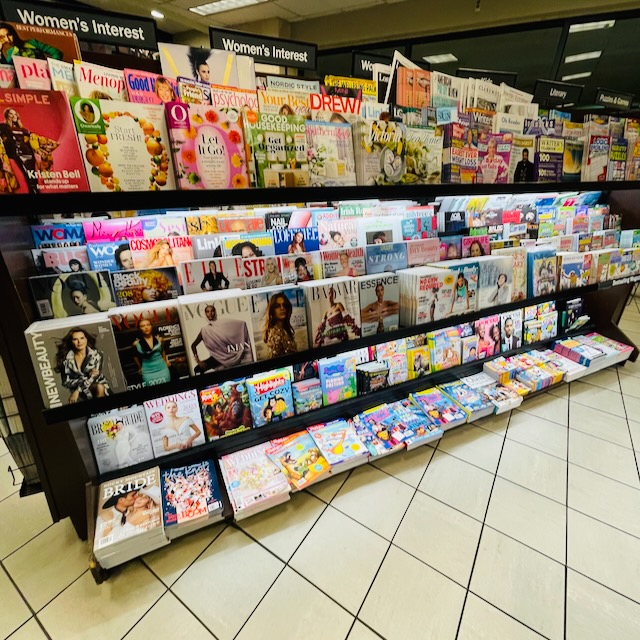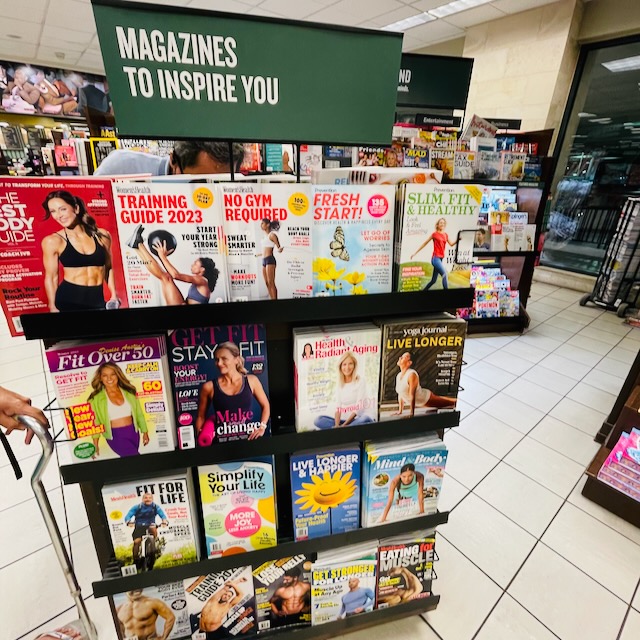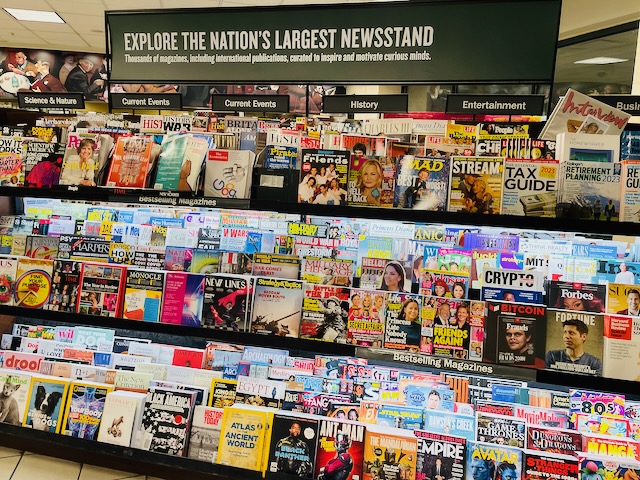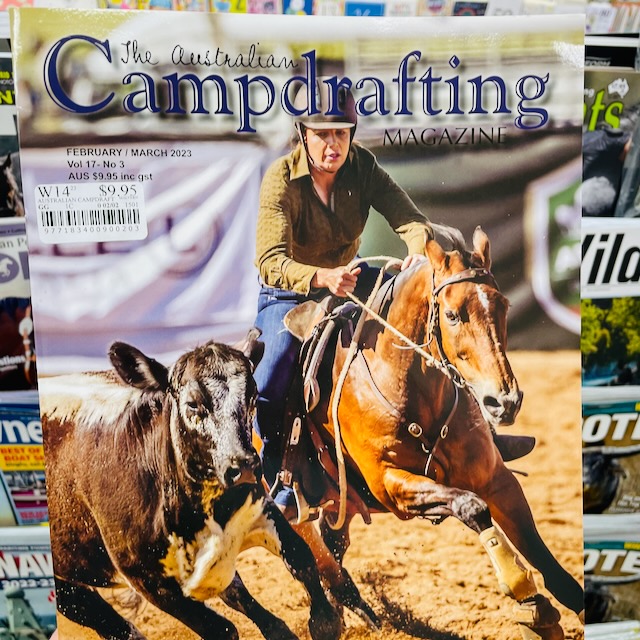Free online workshop: Websites for newsagents
Join me for a free workshop Wednesday March 22 @ 2pm Melbourne time:
Websites for newsagents.
March 22 @ 2pm.
Let’s look at:
- What’s working.
- What people are looking for.
- Where to start.
- Why it does not need to reflect your newsagency.
- How to do it for the lowest cost possible.
- Risks and how to avoid them.
Anyone is welcome to attend. While my POS software company develops websites for retailers, including newsagents, this is not a sales pitch. The advice shared will be useful to anyone, regardless of supplier.
You don’t need to book. Just turn up. 2pm Melbourne time March 22.
https://us06web.zoom.us/j/88276032133?pwd=cWgzYjFQaVRPM3diVUNnWjd6L1pqZz09 Meeting ID: 882 7603 2133 Passcode: 207681
I will record the session and decide later if I make the recording available.
You can access this Zoom from any device, anywhere. Having a camera is ideal for participation.
It is common for people joining a session like this to be a voyeur, to watch, and not actively participate. The best value is achieved through participation. No question is wrong, or ignorant. Ask away. It’s likely that what you ask others want asked as well.
Why newsagents need to have an online strategy.
The history of our Aussie newsagency channel is rooted in serving locals, in the local community, through newspaper and magazine delivery.
For too long, we have played purely local and while that may feel nice, it does not maximise the return we can achieve.
Every dollar you make from someone who lives hours or days away from your shop is icing on the cake, bonus revenue. And, because of data collected from online sales, it is easy to win more sales from online shoppers.
A smart online business leverages at the very your existing labour and space investment. This improves business efficiency. I have not listed inventory investment here because some of the best online businesses I have seen started by local retailers, including newsagents, are for new product categories that are not reflected in the shop.
A focussed modest online shop offers you a place to reach more customers, sell when you are closed, make better use of existing resources and make your business worth more every day.
An online shop in your newsagency is smart business.
Too many newsagents overthink this. They spend too long and too much money planning and designing.
A common mistake is that they think they need to put what they sell in the shop online. While in some circumstances this makes sense. Most often it does not make sense.
The carpentry adage of measure twice cut once does not fit website plans and development. When it comes to websites, my advice is launch early and launch often. Failing is good if you learn, recalibrate and launch again.
I have had websites connected to my retail newsagency businesses for many years. Most are successful. This is thanks to the failures.
Join me for this free workshop if you don’t have a website today.
